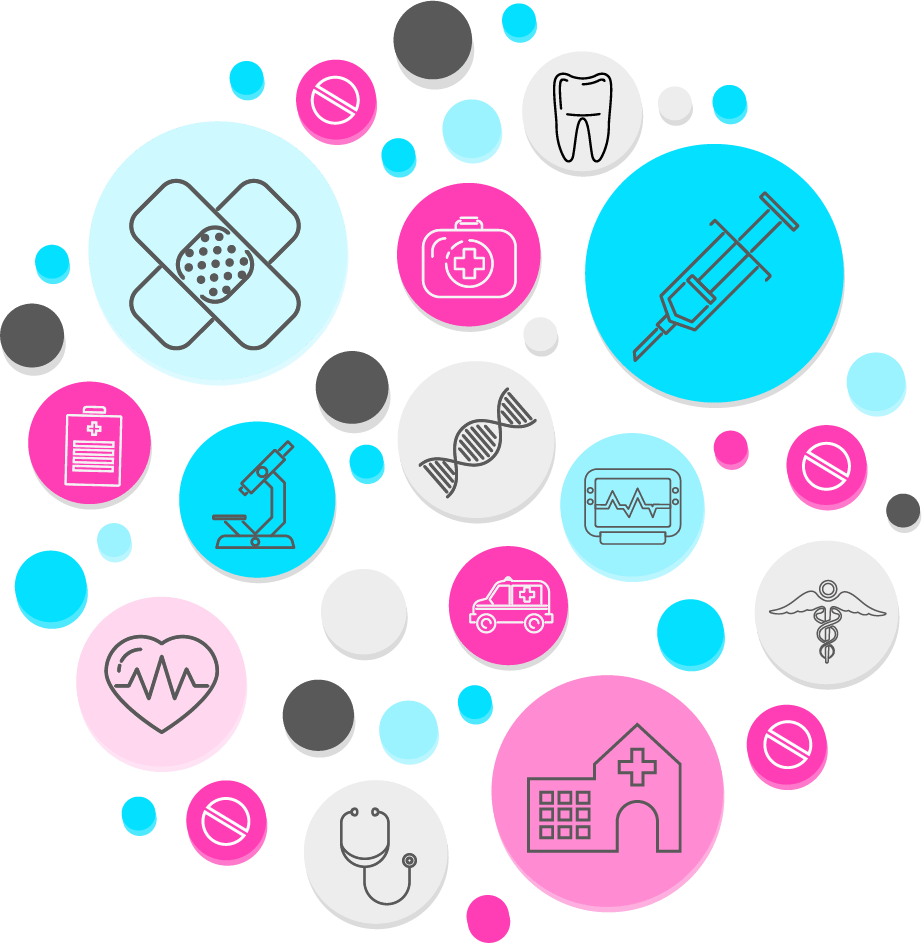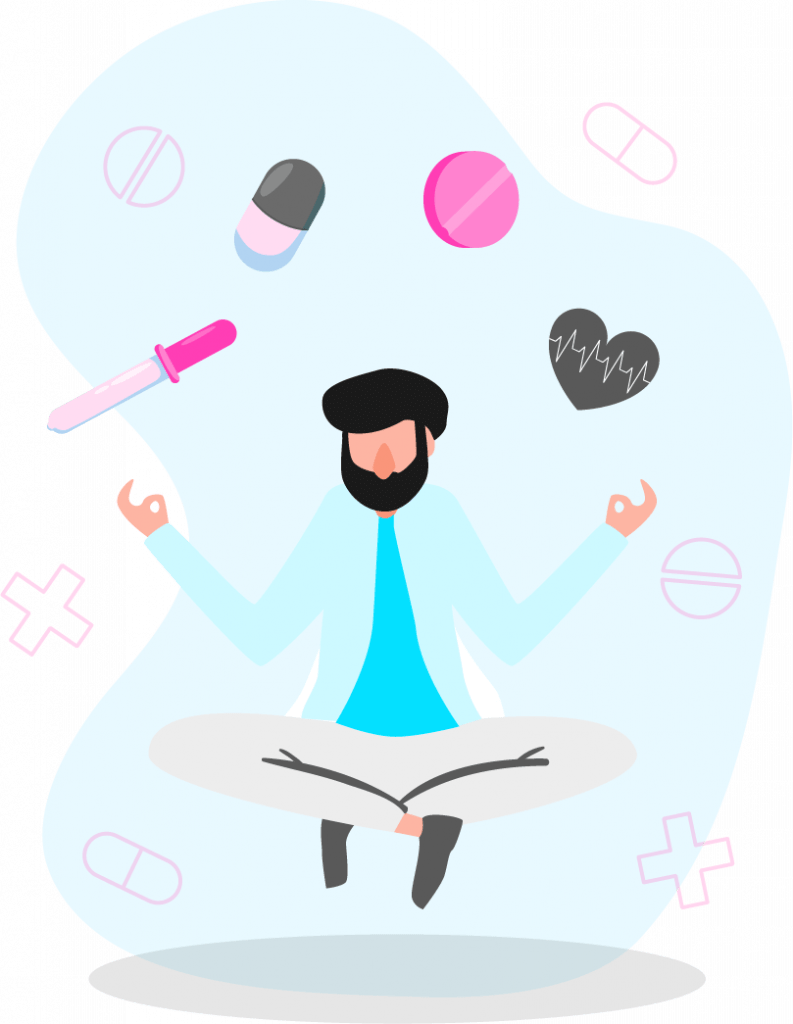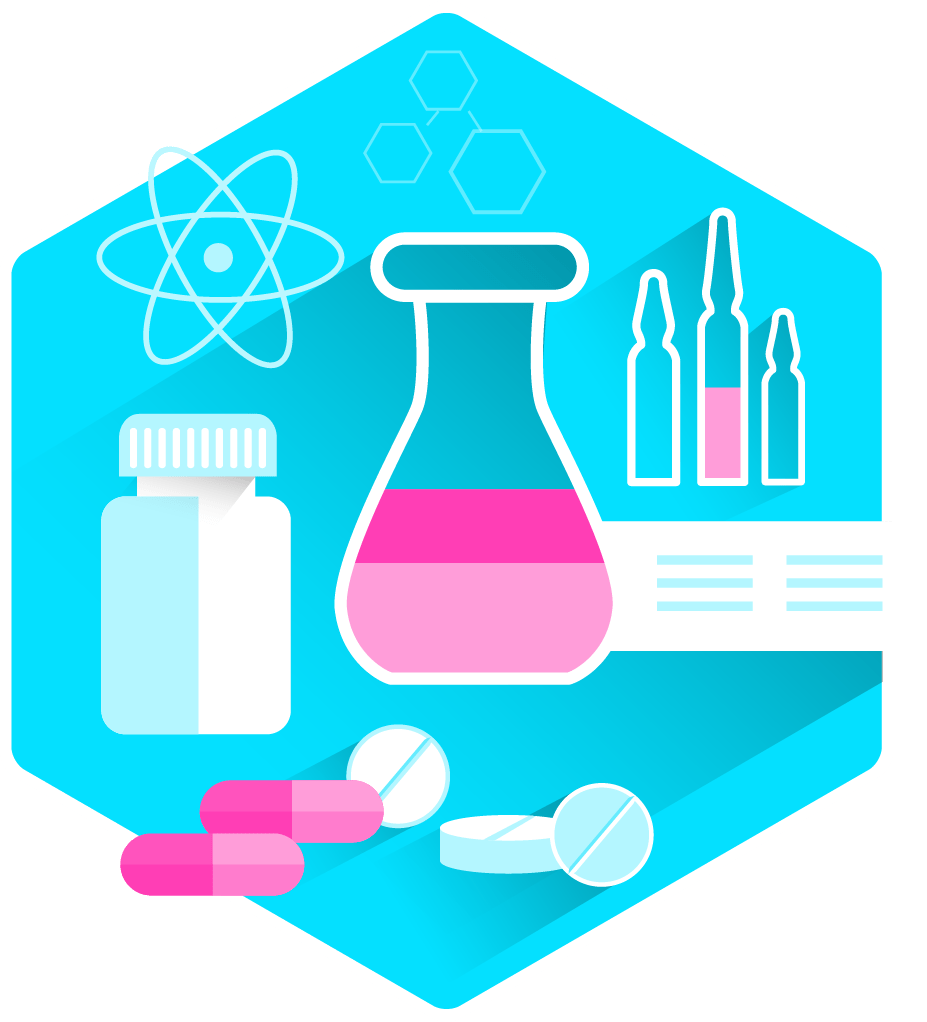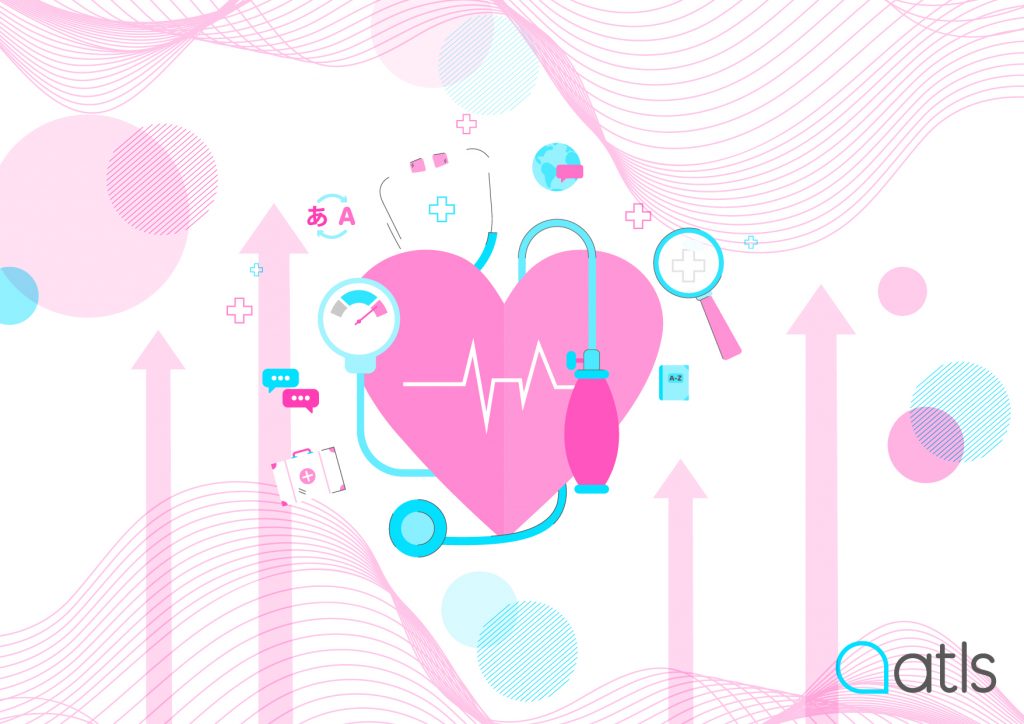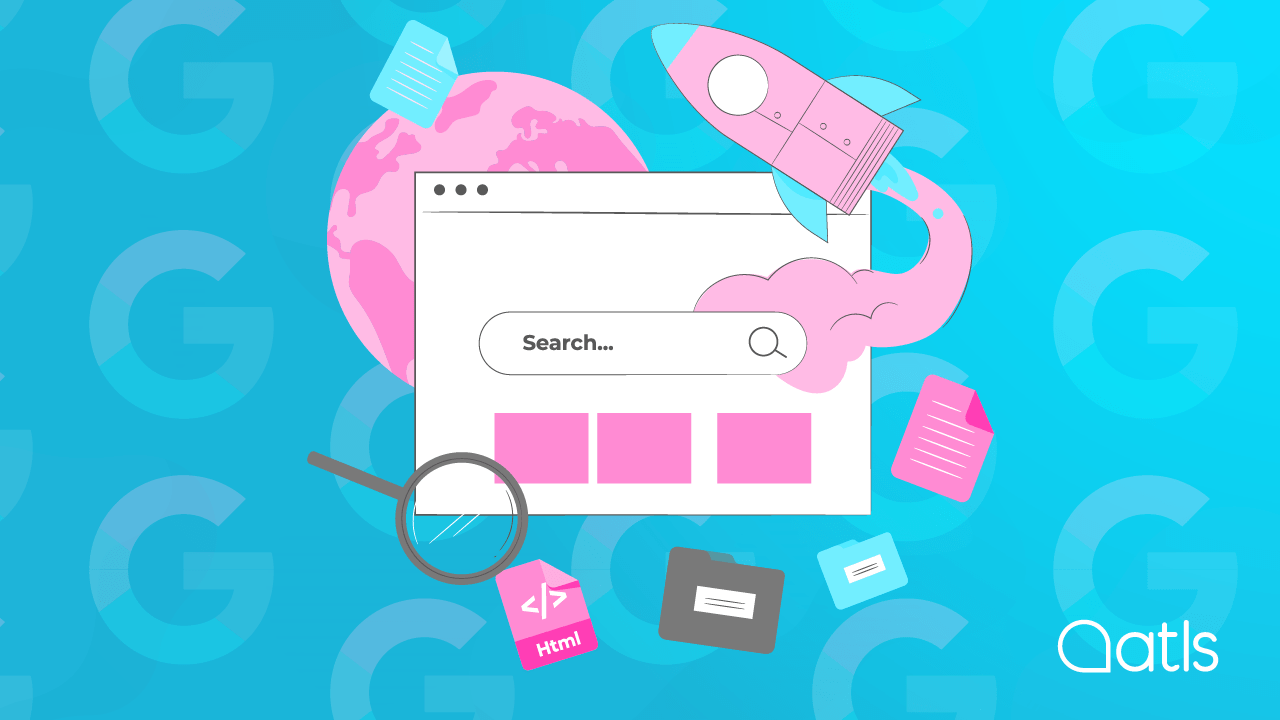The importance of pharmaceutical translation
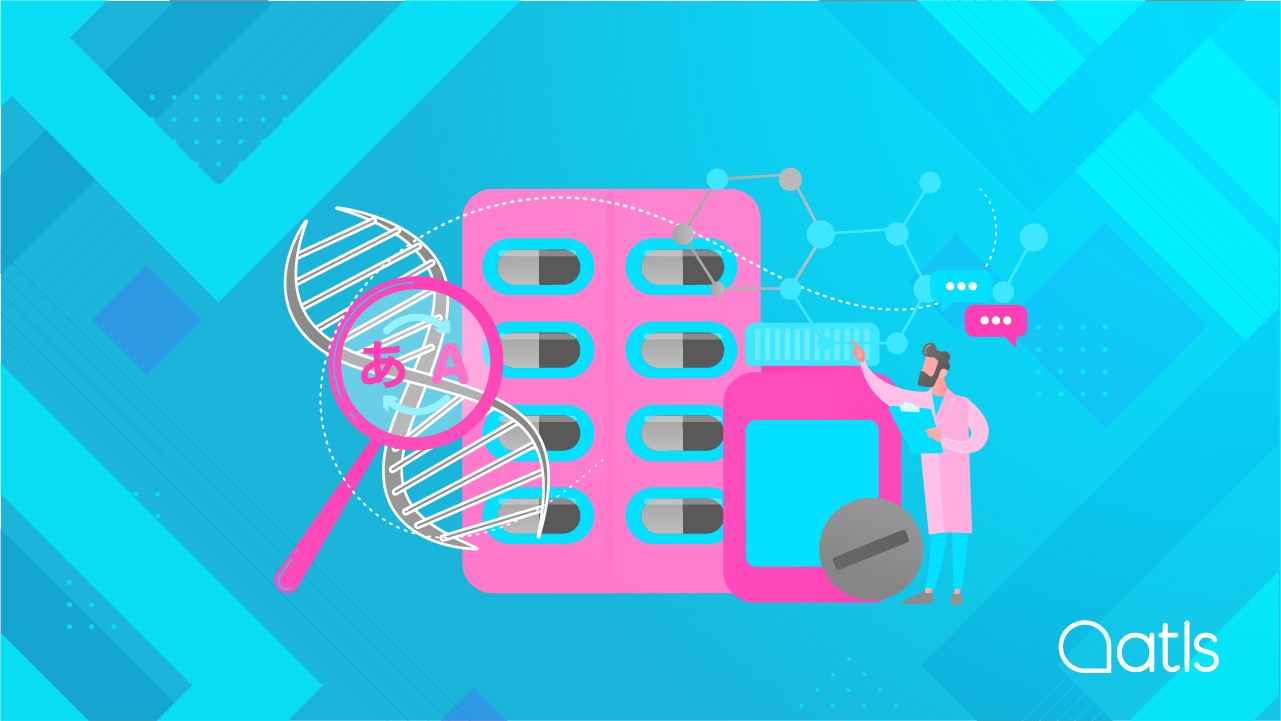
Keywords: traducción farmacéutica, traducción médica, traducción científica farmacéutica, revisión de traducciones farmacéuticas, traductor farmacéutico, errores de traducción farmacéutica, casos de éxito.
Pharmaceutical translation has been increasingly recognised over the years, and there is a hidden world behind any medication that we might need to take. Far beyond transmitting information from one language to another, we are also saving lives. The pharmaceutical industry is constantly evolving, with new formulas for medications as well as clinical trials that are conducted at the same time in different parts of the world. As such, the need to share knowledge with experts and end users is essential in this industry.
Speed and precision are two important factors that determine the success of any pharmaceutical translation project. The parties involved in each project depend largely on the accuracy of the translation, which can directly affect the lives of the users of the end product.
In this article we will explore the significance of this field, and reveal its impact on our health. Join us on this journey to discover how pharmaceutical translation plays an essential role in improving quality of life and how its value goes far beyond words.
Everything you need to know about pharmaceutical translation:
- What is pharmaceutical translation?
- What are some similarities between medical translation and pharmaceutical translation?
- What type of documents are translated using pharmaceutical translation?
- How should pharmaceutical texts be translated?
- What should I take into account when contracting a pharmaceutical translation service?
- Errors to avoid in pharmaceutical translations
- An example of pharmaceutical translation: a success story
What is pharmaceutical translation?
The translation of pharmaceutical documents is a specialised field which focuses on the precise and faithful transfer of information related to the pharmaceutical industry. It goes far beyond the literal translation of one language into another. Thus type of translation requires in-depth knowledge of the technical and scientific terms used in the pharmaceutical field, as well as the specific regulations and guidelines of each country.
Pharmaceutical translation plays a crucial role in communication between different industry players: laboratories, manufacturers, regulators, health professionals and, most important of all, the patients. The quality and accuracy of translations in this context are essential to guaranteeing the safety and effectiveness of pharmaceutical products, as any translation mistakes, or even ambiguities, could have serious consequences for health and well-being.
This type of translation also involves a series of important challenges. These include the need to maintain consistent terminology throughout the documentation, adapt the content to local regulations, understand and communicate complex technical information in an accessible way, and ensure that the correct message is transmitted in the target language without losing the original meaning.
Pharmaceutical translation is one of the most specialised translation fields there is, alongside medical translation. It should therefore be noted that pharmaceutical translators are highly specialised professionals who play a crucial role in the health and medical industry. To succeed in this field, pharmaceutical translators must possess the right combination of language skills, scientific knowledge and understanding of the specific regulations and guidelines relevant to the pharmaceutical industry.
Without a doubt, pharmaceutical translators must have an exceptional command of both the source and target languages in which they work: They must understand the cultural and linguistic subtleties in order to produce precise, localised translations.
In addition to their language skills, pharmaceutical translators must possess solid scientific knowledge: They must understand the technical, medical and pharmaceutical terms used within the field, as well as the fundamental principles of chemistry, biology and pharmacology. In turn, this allows them to effectively understand and communicate the complex technical information presented in documents such as clinical trial and safety reports, medication labels, and research papers.
Precision and attention to detail are essential qualities for any pharmaceutical translator. An error or incorrect interpretation could have serious consequences for patient health and safety. Therefore, pharmaceutical translators must be thorough at work, verifying and meticulously reviewing each and every pharmaceutical translation to ensure the accuracy and consistency of the terminology employed.
The ability to research and keep up to date is also essential for pharmaceutical translators. As the pharmaceutical industry is constantly evolving, with new discoveries, medications and regulations, translators must always be aware of the latest developments. This allows them to keep up with the changing terminology and requirements, while also ensuring that their translations are relevant and accurate.
What are some similarities between medical translation and pharmaceutical translation?
Medical translation and pharmaceutical translation share several similarities, as both disciplines must ensure very clear communication in the field of health. That being said, each has its own key characteristics. Let's take a look:
- Both medical translation and pharmaceutical translation require in-depth knowledge of the relevant terminology. Translators in both areas must be experts in the specific medical, pharmaceutical and scientific terminology, as well as in the different sectors of medicine and the characteristics of different medications. Full command of this technical language is essential to ensure accuracy in medical and pharmaceutical translation.
- In both disciplines, it is essential to keep up to date with the latest scientific and medical advances. This means that pharmaceutical and medical translators must constantly be training, and reading books as well as articles and blogs.
- Both medical and pharmaceutical translation require a rigorous approach when it comes to the coherence of translations. In both fields, an error can result in very serious consequences, as mentioned before. Each word and each sentence must be carefully selected and adapted to ensure that the message is true to the original intention, and complies with quality standards.
- And finally, in both types of translation, the translator must assume a high degree of responsibility and professional ethics. Translators face the (not easy) task of transmitting information that can have a direct impact on people's lives. For this reason, they must be aware of the importance of their work, and commit to delivering translations of the highest quality that contribute to the overall well-being of patients.
What type of documents are translated using pharmaceutical translation?
Pharmaceutical translation covers a wide range of documents related to the pharmaceutical and health industries. Below we will explain some of the most commonly translated documents:
- Medicinal directions: These documents contain information regarding dosages, possible side effects, contraindications, and warnings for each particular medicinal product.
- Information leaflets, labels and packaging of medication: These elements play an important role in the visual and written communication of information regarding the medicinal product, such as the composition, the expiry date, and the storage instructions.
- Clinical and pharmacological studies: These reports are a fundamental part of the research and development of new medicines.
- Technical sheets: Also known as product overviews, they contain detailed information on the product, its composition, therapeutic indications, dosages, contraindications and warnings, among other valuable information.
- Articles in pharmaceutical journals: They are an incalculable source of scientific knowledge and recount advances in pharmaceutical research. The translation of these articles allows discoveries and research to transcend language barriers and reach the scientific community worldwide.
- Chemical and pharmaceutical patents: They contain detailed descriptions of chemical formulas, manufacturing processes and therapeutic applications of medications.
- Conferences and presentations: These events do not only involve translation, but interpreting for attendees too.
How should pharmaceutical texts be translated?
Here are some important guidelines and considerations to take into account when translating pharmaceutical texts:
- Adaptation for the target audience: The text must be adapted into the language and style relevant for the public for which it is intended (whether health professionals, patients, or regulatory agencies).
- Regulatory Considerations: The translation of pharmaceutical texts must comply with the specific regulations for each country. Translators must take into account the requirements for labelling, warnings and legal requirements as established by the corresponding regulatory agencies.
- Use of specialised tools: Pharmaceutical translators benefit from the use of specialised tools, such as terminology glossaries, scientific databases and CAT tools (tools that help translators to maintain consistency in the terminology while streamlining the translation process and ensuring consistency in their translations over time).
What are the challenges facing pharmaceutical translators?
Technical knowledge
As we have indicated above, pharmaceutical translators must have a solid knowledge of medical and pharmaceutical terminology, as well as an understanding of the underlying scientific principles. This allows them to understand and accurately convey technical information into the target language.
Being up-to-date
The pharmaceutical industry is constantly evolving, with new discoveries and medications appearing all the time. Pharmaceutical translators must keep up with progress and changes in the field to ensure that their translations are accurate and up-to-date.
Regulations
The translation of pharmaceutical texts must comply with the specific regulations and directions for each country. This includes the translation of directions, medication labels, clinical trial reports and other related documentation. Translators must be familiar with the regulations applicable in each country to ensure that translation meets legal and safety requirements.
Cultural sensitivity
Translating pharmaceutical texts also involves the consideration of cultural differences and medical practices which may vary across different countries. Some concepts may not have a direct equivalent in another language or may require adaptation to ensure their understanding and acceptance by the target public.
Confidentiality
It is very common to work with confidential information, such as clinical trial data or ongoing investigations. Translators are required to keep information confidential and ensure accuracy in translation, as even small errors can have serious consequences.
What should I take into account when contracting a pharmaceutical translation service?
Once you have seen the optimal way of addressing pharmaceutical translation and the challenges it presents, we recommend that you always hire a translation company that has extensive experience in this field.
When you sign up for a translation service, in general, you must take into account a number of aspects, but if what you want are pharmaceutical translations, you must also take into account the following:
- Experience in the sector: Make sure that it is a translation service company with solid experience in this type of translation and that they work with highly qualified translators who are able to assume translations of this calibre.
- Excellence in quality: All translations, but especially those for the pharmaceutical industry, require great precision and rigorous quality control processes, including thorough reviews and verifications by translators. In this regard, ATLS holds the most stringent quality certificate: ISO 17100:2015.
- Data confidentiality and security: Health related documents are highly sensitive and confidential. For this reason, you must contract a translation company that complies with data protection through confidentiality agreements.
- Adaptability and capacity for a rapid response: In the pharmaceutical field, it is very common to work with very short deadlines and with a high level of urgency. In this regard, make sure that the translation service is flexible and can easily adapt to the timings you require.
Errors to avoid in pharmaceutical translations
Below, we explain which errors should never be made in pharmaceutical translations. Take note!
- Using automatic translation: We could spend our lives giving you reasons why we should never use automatic translators in the medical and pharmaceutical area, but we will, once again, remind you of what we have been saying throughout this article. Automatic translators can be useful for understanding a text at a personal level, but in-depth knowledge of specific medical and pharmaceutical terminology is required in pharmaceutical translation. Automatic translators do not have the ability to correctly understand and use specialised terminology. An incorrect choice of words or lack of terminology consistency could result in a fatal error.
- Ignoring specific terminology: It is completely necessary for this type of translation. Medical words are made up of several units comprising different meaning, many with Greek or Latin origins.
- Not taking cultural characteristics into account: In addition to scientific and pharmaceutical knowledge, it is necessary to know the cultural differences that influence the attitudes, beliefs and health behaviours of patients.
- Not considering health regulations: The translator must be familiar with the health regulations of the destination country in order to comply with the current legal requirements.
- Not working with professional translators: We often seek a service that is cheaper and faster, without considering the fact that, especially in specialised professional areas, cheap can turn out to be more expensive. Our biggest tip is to use translation agencies such as ATLS who have extensive experience in pharmaceutical translation and work with qualified pharmaceutical translators.
Some examples of errors in pharmaceutical translations
There are several examples of serious errors that have been made in pharmaceutical translations. Below are some of the most well-known:
- In May 2010, the magazine Paediatrics published an article stating that pharmacies responsible for drafting medicine leaflets sold these medications with vague and confusing information. 76 labels were reviewed, and 50% of these were found to be incorrect. They had been generated using 13 automatic translators. This directly affected the patients' health, such as one patient with anaemia who was taking a single drop of the product, instead of the prescribed amount, as the instructions were not clear.
- Thalidomide: Between 1950 and 1960, thalidomide, a medicine used to treat nausea during pregnancy, was marketed in several countries. However, serious translation problems were found in the medicine directions in some countries. Incorrect translations led to inappropriate prescription and lack of knowledge of serious side effects, leading to a wave of babies born with deformities.
- Insulin in China: In 2010, it was discovered that a Chinese pharmaceutical company had produced insulin with poorly translated labels. The labels on the insulin bottles had translation errors that made it difficult to understand the instructions and correct dosage. This led to the incorrect use of insulin by patients with diabetes.
An example of pharmaceutical translation: a success story
One of ATLS' many clients is mesoestetic®, a pharmaceutical laboratory founded in 1985 and specialising in cosmetics and cosmetic medicine.
At the start of its e-commerce internationalisation programme and the launch of its website, mesoestetic® encountered significant new needs related to translation. It required an agile way to manage the translation of its e-commerce material and website into several languages, in order to replicate the website for its international distributors, and start e-commerce operations in its own markets. At the same time, the company wanted to obtain a competitive rate for large volumes and to be able to monitor translation costs and assign them to the relevant departments or customers.
And that's not all: mesoestetic® needed a quick response from its translation provider and a simple, convenient way of sending and receiving quotes and materials. Lastly, due to the specificity of pharmaceutical translation specialised in cosmetology, it was necessary to work with a team of highly specialised translators in the pharmaceutical sector and, particularly, in the field of beauty treatment.
What were the challenges?
- Translation of the e-commerce and website into several languages in record time.
- Offer competitive rates and the possibility for the customer to effectively control translation costs.
- Agile management of translations.
- Technical translation, specialising in pharmaceutical and cosmetics.
And what solution did we offer?
Download the success story and find out more!
Ensure the quality of your pharmaceutical translations with ATLS
We have 24 years of experience in the pharmaceutical sector, so we work with a team of specialised professional translators in pharmacy and medicine, covering sectors such as cosmetics and aesthetics.
At ATLS, we work with some of the most important laboratories in Spain. We can help you with translation projects and international digital marketing, so don't hesitate to get in touch with us!
Get in touch if you are interested in growing your business globally.

